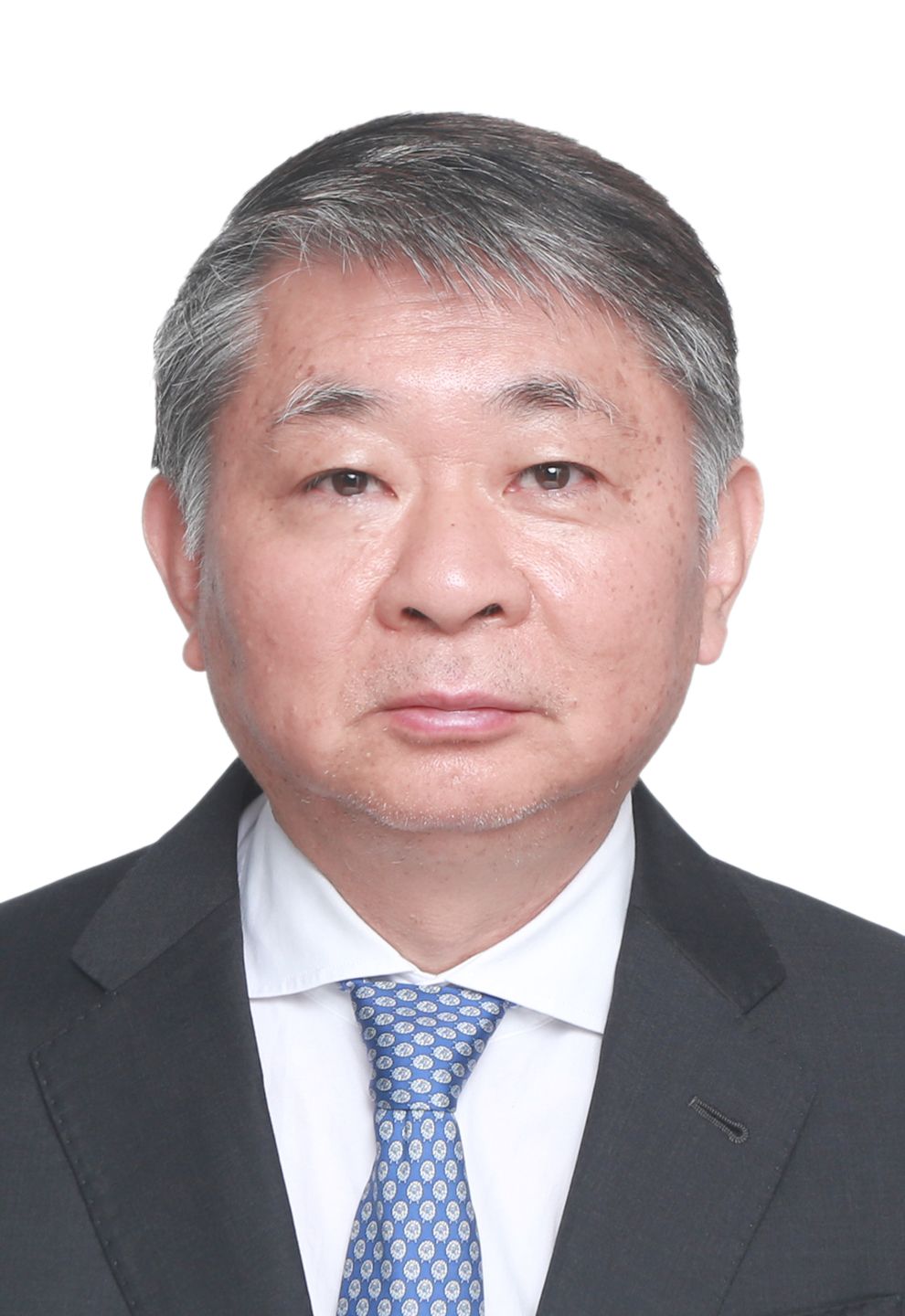Title
Social Learning: Belief Formation and Diffusion over Graphs
Abstract
By “social learning”, in this talk we refer to a network of cognitive agents that cooperate to assign probability scores (the beliefs) to some hypotheses of interest, such as the occurrence of a weather condition or the winner of a soccer match. Each agent observes a private sequence of streaming data related to the hypothesis of interest. Neighboring agents, i.e., agents connected according to a communication graph, are allowed to exchange their beliefs, leading to a diffusion mechanism through which opinions, information, or even fake news propagate across the network.
This learning model applies to a wide range of cognitive systems. For example, humans form their opinions via repeated interactions with other individuals, whether through physical contact or virtually over a social network. Nature itself provides beautiful examples of social learning in the form of biological networks. Social learning arises also over man-engineered systems in the form of distributed decision-making strategies. One example is a robotic swarm deployed for a rescue operation, where some robots operating under limited visibility can make critical decisions by leveraging cooperation from other robots that have better access to relevant information.
The talk starts by reviewing the pillar of belief formation: Bayes’ rule, which solves optimally the single-agent learning problem. Then we introduce non-Bayesian pooling policies that combine the agents’ opinions and activate a belief diffusion mechanism over the network graph. Interesting and diversified phenomena emerge, depending on the network structure. For example, we will see how strongly connected graphs enable agreement across the agents, whereas weakly connected graphs split the network into influencers and influenced agents.
We will discuss the most recent trends in social learning, including: adaptive social learning, where continual learning must be guaranteed in the midst of non-stationary drifts; partial information sharing, where the agents can exchange only part of their beliefs; and social machine learning, where the statistical models used to construct the beliefs are unknown, and must be learned from some clues available during a training phase.
Biography
Vincenzo Matta is currently a Full Professor at the Department of Information and Electrical Engineering and Applied Mathematics, University of Salerno, Italy. He is the author of more than 130 articles published on international journals and proceedings of international conferences. His research interests include adaptation and learning over networks, social learning, statistical inference on graphs, and security in communication networks.
Dr. Matta serves as an Associate Editor for the IEEE Open Journal of Signal Processing. He served as a Senior Area Editor for the IEEE Signal Processing Letters, and an Associate Editor for the IEEE Transactions on Signal and Information Processing over Networks, the IEEE Signal Processing Letters, and the IEEE Transactions on Aerospace and Electronic Systems. He was a member of the Sensor Array and Multichannel Technical Committee of the Signal Processing Society (SPS), and served as an IEEE SPS Steering Committee Representative on the IEEE Transactions on Signal and Information Processing over Networks.
Slides for this talk - Slides_Vincenzo_MATTA
Location
Imperial College London
Faculty of Engineering
South Kensington Campus
London SW7 2AZ, UK
White City Campus
London W12 7TA, UK
